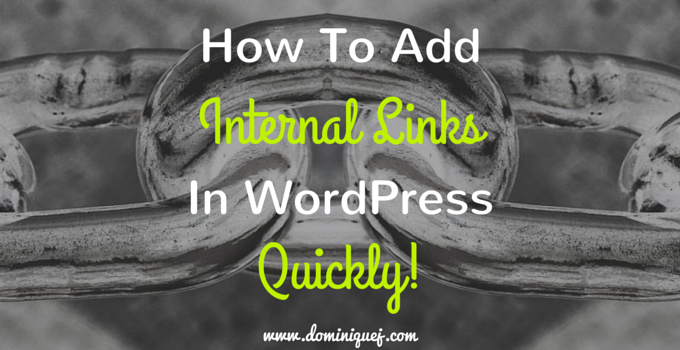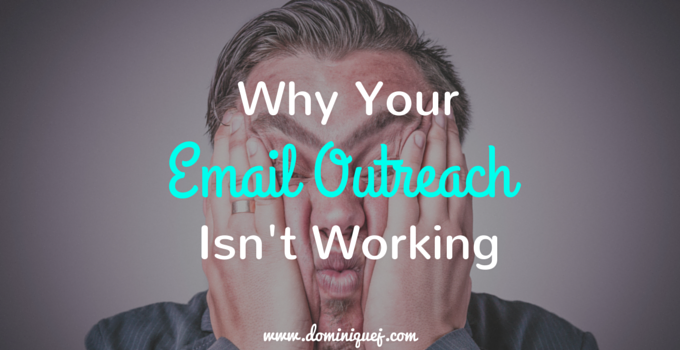Not having time is one of the top excuses people give for not blogging as often as they should. I get it. You’re busy with work, family, and trying to live your life. Here’s the truth though. If you really want to build a successful blog, you’ll make time to create content. The problem isn’t that you’re too busy to create new content. The real problem is that it takes you a long time to write your posts.
On average, it takes me about 3-4 hours to completely finish a blog post, depending on the length. That includes everything from coming up with the topic to having it published on my site.
- Brainstorming
- Research
- Writing
- Editing
- Optimizing the post
- Creating images
In a survey by Orbit Media Studios, they found that on average, 54% of bloggers take 2 hours or less to write a blog post.
And most bloggers in the survey (80%) were writing posts that were 1,000 words or less, which isn’t a lot.
 If it’s taking you 5+hours to write a 1,000 word blog post, then it’s no wonder why you think you’re too busy to blog. If you’re doing 3 blog posts a week, you’re spending 15+ hours a week just on the content creation part! And that’s usually when people start ignoring the actual marketing piece of “content marketing”.
If it’s taking you 5+hours to write a 1,000 word blog post, then it’s no wonder why you think you’re too busy to blog. If you’re doing 3 blog posts a week, you’re spending 15+ hours a week just on the content creation part! And that’s usually when people start ignoring the actual marketing piece of “content marketing”.
If you’re using WordPress for your blog (and why wouldn’t you be?), then I’ll show you how you can start making content at a much quicker pace. Let’s build up your blogging speed, so you can start churning out quality content quicker than the energizer bunny on a full charge!
[Tweet “54% of bloggers take 2 hours or less to write a blog post! #blogging”]
1. Write Down All Your Ideas When You Get Them
Without a doubt, coming up with blog topics is one of the toughest parts of content creation for a lot of bloggers. If you struggle with coming up with ideas, check out my post on how to come up with blog post ideas, or this one on using content arbitrage. But if you’re like me, and seem to always come up with ideas, but you forget them when it’s time to sit down and write, here’s what you should do.
Most of my best ideas for new posts, or blog strategies come to me when I’m laying down trying to go to sleep. It sucks because it ruins my sleep, but it’s good because I get some really awesome ideas. For a while, I used to try to just keep the ideas in my head. Then I realized that was pretty dumb, because I’d almost always forget them when I woke up. So I started jotting down the ideas in my phone with either the WordPress app (I just save my ideas as drafts), or with Google Keep. Or you could use good old fashioned pen and paper.
I write down a VERY tentative title, and sometimes a short description of what the blog post would be about. When I’m ready to write a blog post, that info is all I need to take my mind back to where it was when I originally thought of the idea.
As soon as you have an idea for a blog post, write it down! Then when it’s time to create a new blog post, you don’t have to sit around twiddling your thumbs trying to think of what you want to write about.
2. Upload images later
When I first started blogging, I would add in images into my post as I was writing. That meant:
- Stopping what I was writing
- Finding an image or taking a screenshot
- Saving the pic
- Uploading it into the post
- And optimizing it
When you’re adding 5+ images in each post, that can start to eat up a lot of time. But more importantly, it broke my writing process.
Now what I do is put in place holders in the spots I want images to go. It looks like this.
Once I’m finished with the writing part, I go back and add the images in. It’s a huge time saver because constantly having to pause to add pics is a distraction. And distractions add unnecessary time to your blog writing process. Which brings me to the next tip…
3. Use Distraction-Free Writing Mode
A while ago, WordPress introduced a pretty cool feature that’s really helpful for people who have trouble focusing. called Distraction-Free Writing Mode. I love WordPress, but I can see how the default dashboard can be kind of distracting when you’re writing.
Distraction free writing takes away everything except the text box, like some of these other apps do. But it does it within the WordPress dashboard which makes it a lot more convenient.
It’s pretty amazing how much easier it is to focus on your writing when you use distraction-free writing mode. I notice a HUGE difference in my writing productivity when I use it.
On top of that, get rid of all the other distractions around you too like TV’s, people talking in the background, social media, YouTube, etc. Dedicate your blogging time for just that, blogging. Ignore everything else.
4. Write First, Edit Later
73% of bloggers edit their own writing. You can throw me in that group.
Having an editor to go over your blog posts would be awesome, and save a lot of time. But it’s just not a reality for most bloggers, especially when you’re just starting out. Until you’re able to invest in an editor to proofread your content, you’re going to be stuck with DIY editing. But it doesn’t have to add an extra hour worth of work for you.
In order to save yourself some time, wait until AFTER you’re finished writing your post to make your edits. For one, it’ll stop you from constantly pausing to make edits. And it’ll also let you get more ideas written down (or typed) because you’re not examining everything you type. Some people even remove the backspace and deleted keys from their keyboard so they’re forced to write without making changes. That’s a little extreme, but whatever works.
On top of just grammatical edits, I also wait until I’m done to format my posts and make them look sexy. That includes things like:
- Adding bold text
- Adding italics
- Breaking paragraphs up into smaller pieces when necessary
- Changing comma lists into bulleted lists like this one!
- Any other visual changes
I know it might seem like it would save time to do all of this stuff and editing as you write, but it doesn’t usually turn out that way. Try saving the editing for the end for a few blog posts, and see if you notice a difference in how long it takes to you to finish.
5. Have A Featured Image Template
This is something I just recently started doing. As you all know, graphic design is a weakness of mine. But that doesn’t stop me from creating a featured image for every post I make.
In the past, making my featured images took a while for me. Even after I started using Canva, I would still spend up to 30 minutes sometimes making featured images because I don’t have an eye for design. If you can relate, then this tip will help you out a ton!
Make a general template for how you want your featured images to look. That could mean font, color schemes, and the overall layout. Then, reuse that same template for all the featured images you make in the future. You could do the same thing with all of your custom graphics too. If you take a look at the featured images for my recent posts, you’ll notice they have a similar style:



I got this idea from looking at Regina’s site, and Chloe Social. I like the overall consistency in their featured images, as opposed to the random hodgepodge designs I use for my own. Having a template lets you:
- Keep consistent branding
- Give you site a more cohesive feel
- Spend a lot less time creating graphics for your posts
Bonus Tip: Get Some Decent Equipment
There’s nothing worse than getting in a good writing groove, then having your computer freeze, or your internet stop working. It’s super annoying, frustrating, and makes you spend more time writing your posts than it should.
To help avoid this, try to invest in a decent internet provider and a good computer. I realize that some things are out of your control (Comcast Xfinity is awful where I live, but it’s the only option), but if you can make improvements, do it. Don’t let technical difficulties slow you down.
Improve Your Blogging Speed Now
Ultimately it all comes down to finding what works best for you. You might not spend a lot of time on editing, but research takes you a while. In that case, you’d want to make sure you do as much research as you can before you start writing.
Creating blog posts quicker is about segmenting each part of the process, instead of trying to multitask. Because it’s been shown time and time again that multitasking doesn’t work.
Give some of my tips a try and see if it helps you finish blog posts quicker, and get rid of the “I don’t have time” excuse once and for all.










Write first, edit later is a great tip. I usually just write, get my thoughts out and in the computer. Then come back and edit, then come back and add links. This gives me a couple reviews before I hit the publish button.